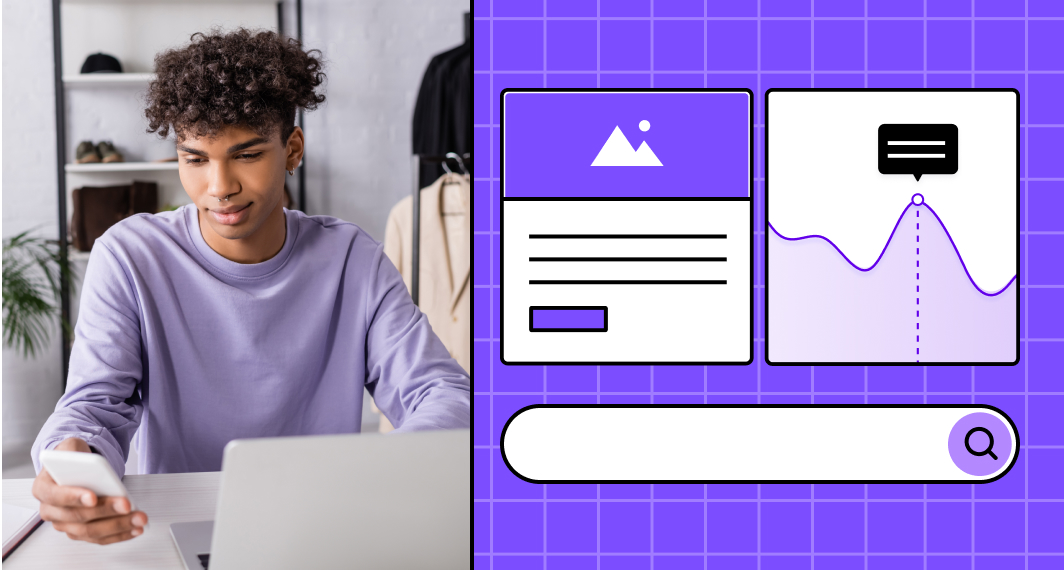What is an app backend?
The app backend is the brain of an app, working behind the scenes to make sure it functions seamlessly on the customer-facing frontend. In other words, when you save data, submit a form, or perform any action in the app, the backend works to ensure data integrity and execute complex operations.
An app’s backend is responsible for tasks like user authentication, server-side processing, creating libraries and writingAPIs.
How does a mobile app backend work?
The mobile app’s backend works in conjunction with the app’s frontend. This process happens in three steps. 👇
1 - Request Processing
When you interact with a mobile app, your actions trigger requests that are sent to the backend server.
The backend processes these requests using server-side logic, handling tasks such as data retrieval, storage, user authentication and executing any necessary computations.
2 - Database Interaction
The backend communicates with a database, managing the storage and retrieval of data relevant to the app.
This could include app user information, app content or any other data required for the app's functionality.
3 - APIs and Communication
Application programming interfaces (APIs) facilitate communication between the mobile application’s frontend and backend.
APIs define how data is exchanged, allowing seamless interaction and ensuring that the app functions smoothly by sending and receiving information.
App backend development languages
There are many backend development languages, each having its unique strengths.
1 - Python
Python is a backend development language that is known for its readability and versatility.
Its popular frameworks include Django and Flask, which simplify backend development as they offer pre-built modules for tasks like database access and URL routing.
Python has a vast community and extensive libraries, making it a reliable choice for backend tasks.
2 - Node.js
If you're a fan of JavaScript, Node.js lets you use it for both frontend and backend development, streamlining your tech stack.
Node.js is not a programming language but is a cross-platform and open-source environment that is used for building APIs.
Its event-driven, non-blocking I/O model suits applications requiring high concurrency, like real-time chat apps.
3 - Java
Java is the most popular programming language due to its high scalability. This makes Java suitable for large-scale projects.
The Spring framework in Java simplifies complex enterprise-level applications, providing comprehensive features for data and security.
Java's "write once, run anywhere" philosophy ensures that code written in Java can run on any device.
4 - PHP
PHP is an open-source language developed specifically with web development in mind. The code of PHP is executed on remote servers; therefore, it is also known as a server-side scripting language.
PHP frameworks like Laravel and Symfony provide structure and tools for building scalable and maintainable web applications.
5 - Ruby
Ruby is an open-source app development programming language. Ruby is known for its readable and elegant syntax, promoting developer productivity.
Ruby on Rails is a full-stack web app framework that simplifies common tasks, making it a favourite for startups and app developers who appreciate convention over configuration.
Get a free app prototype now!
Bring your software to life in under 10 mins. Zero commitments.


 Facebook
Facebook X
X LinkedIn
LinkedIn YouTube
YouTube Instagram
Instagram RSS
RSS


